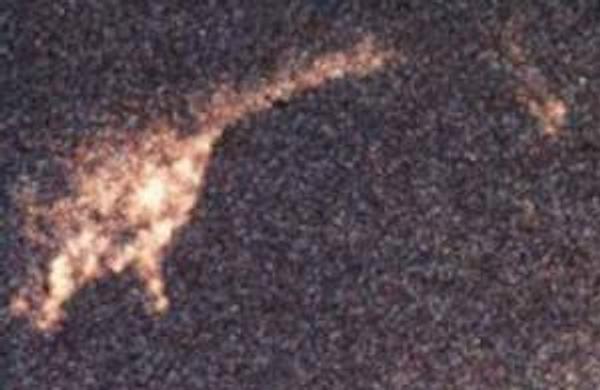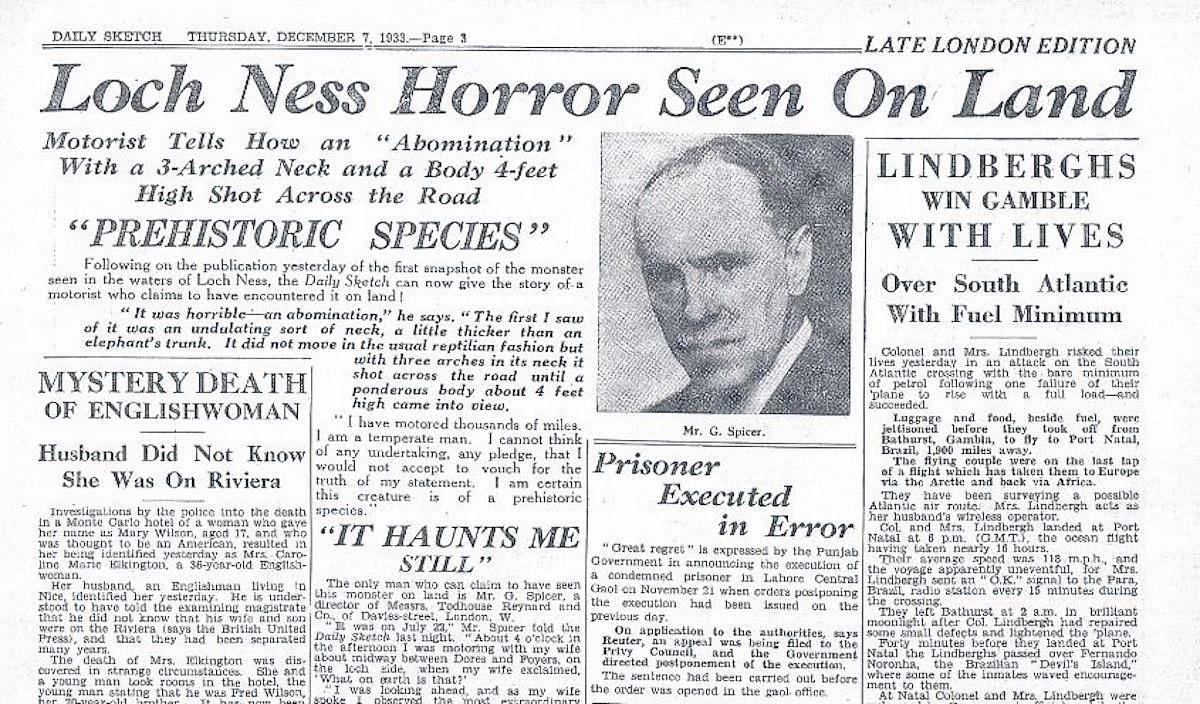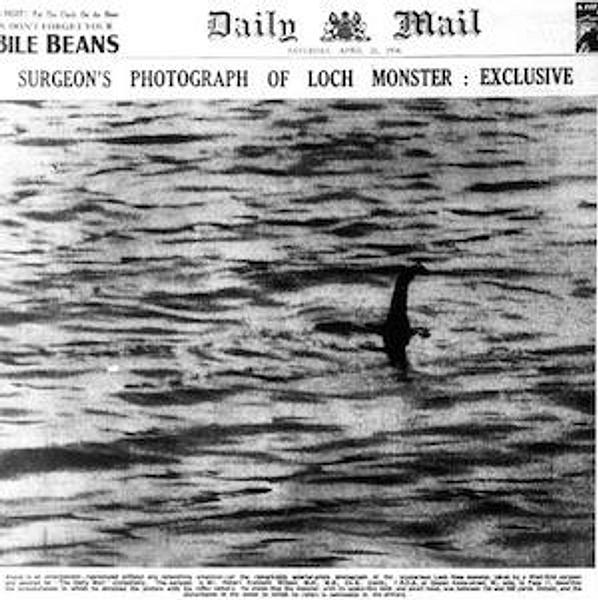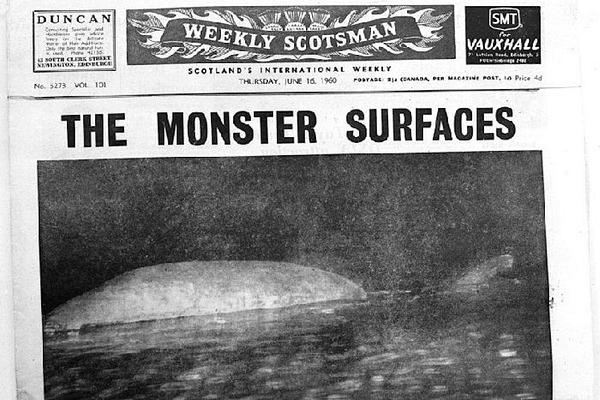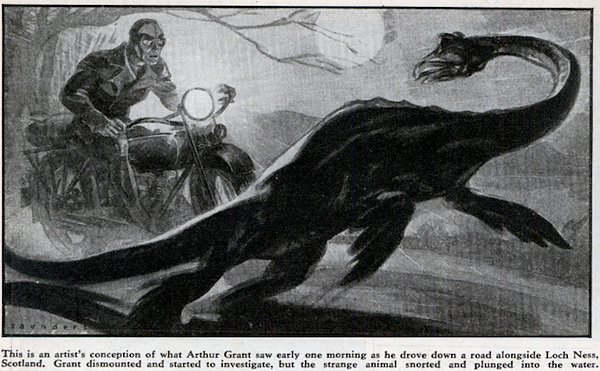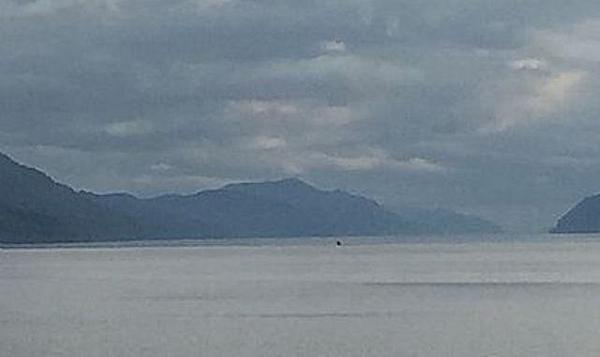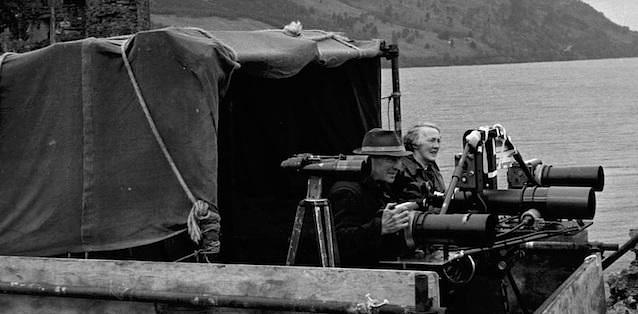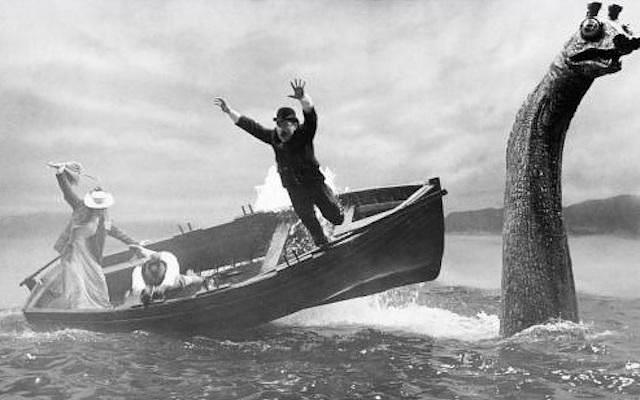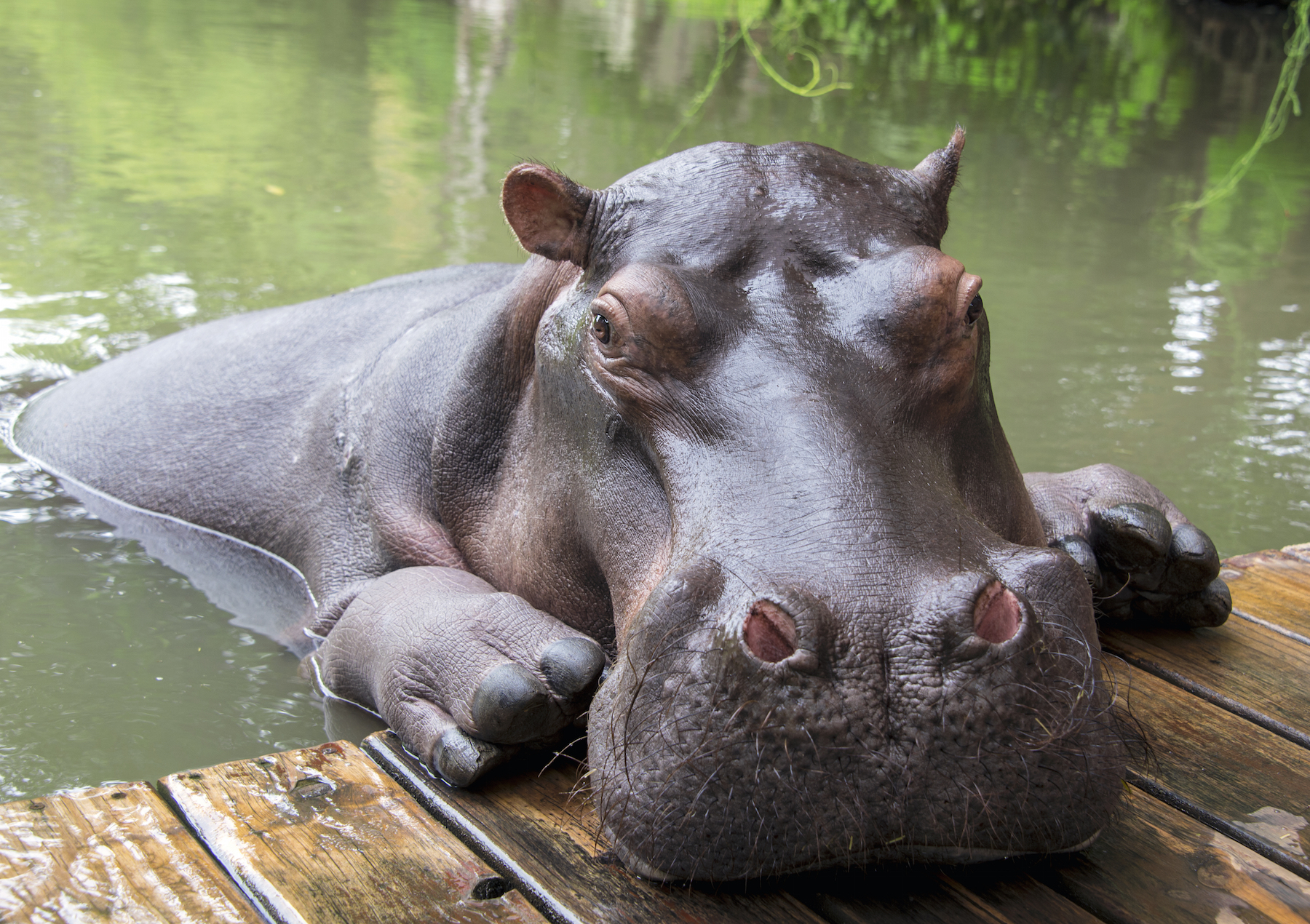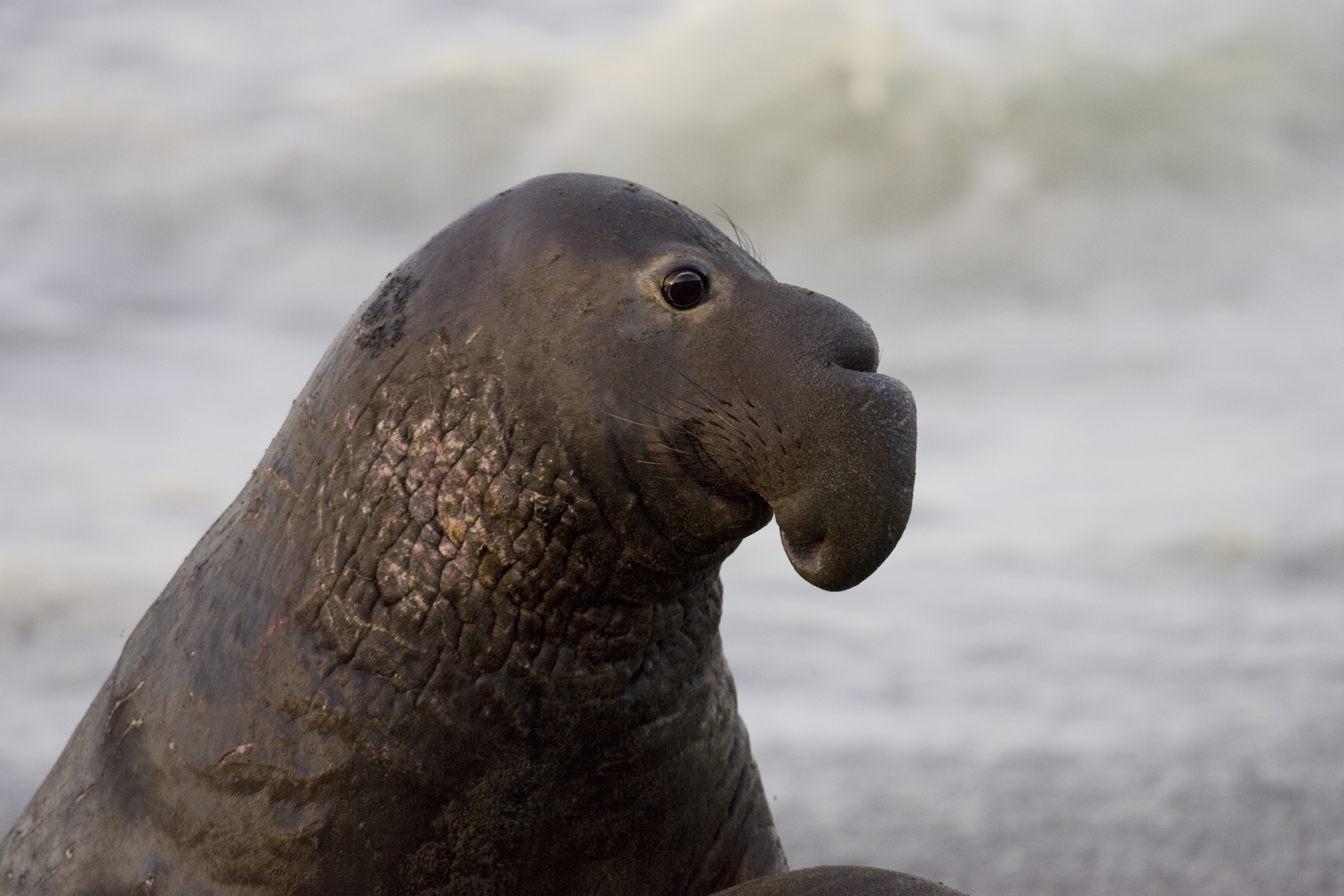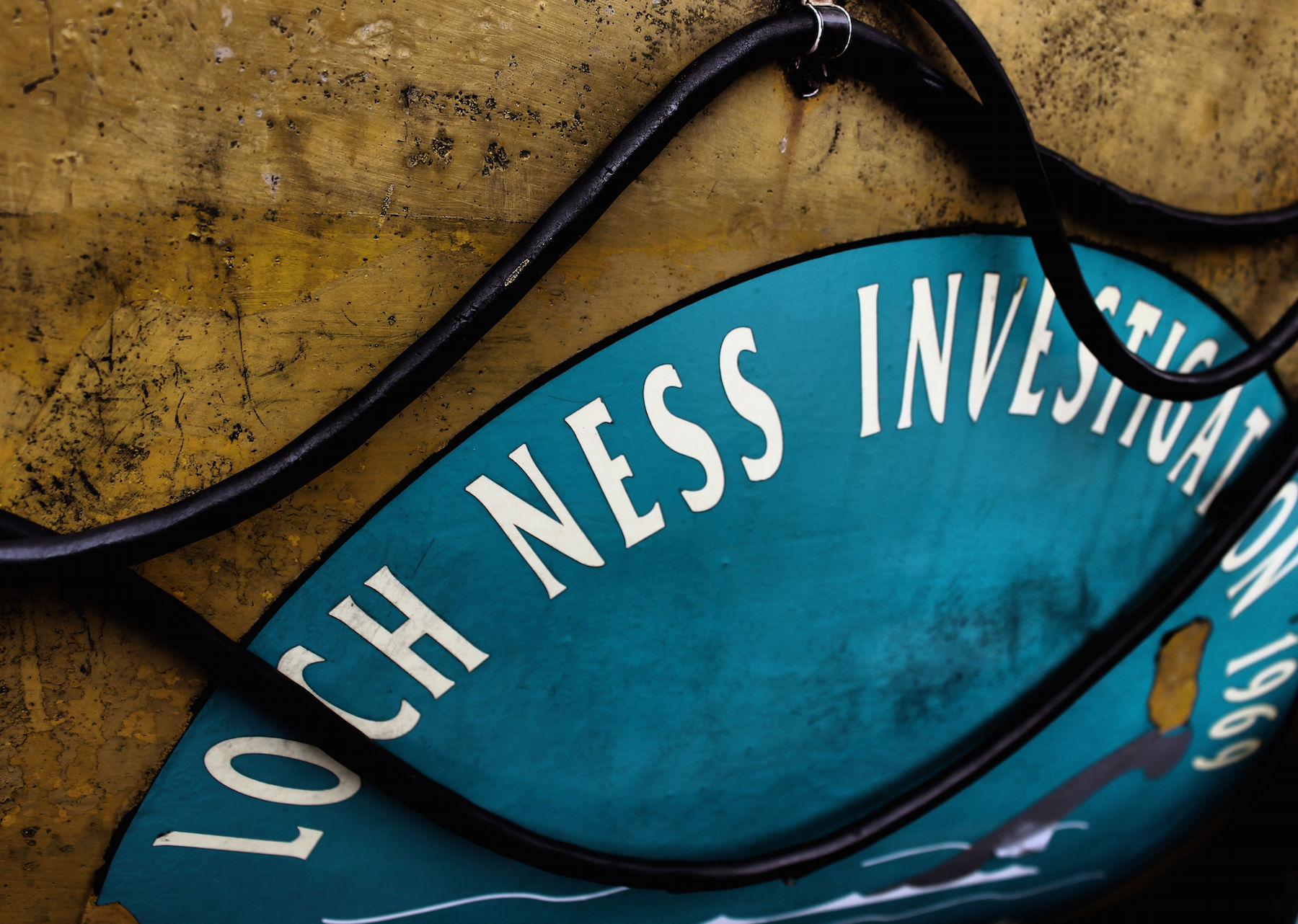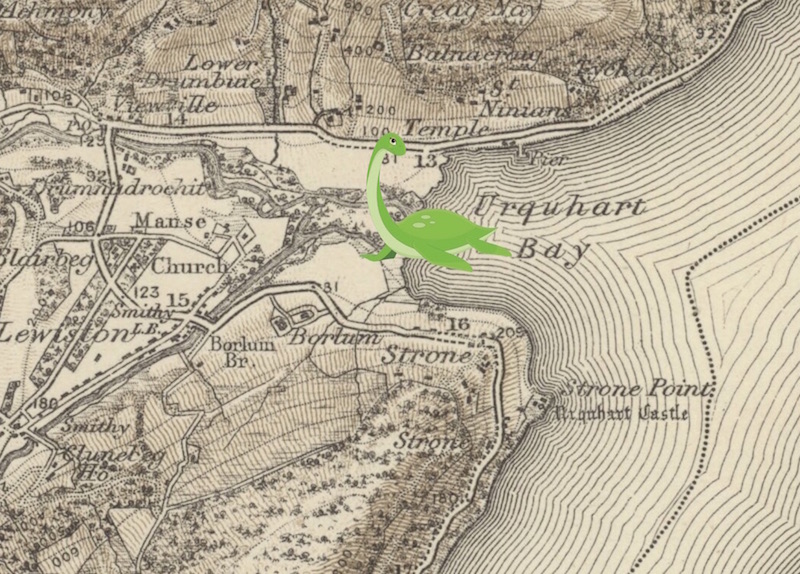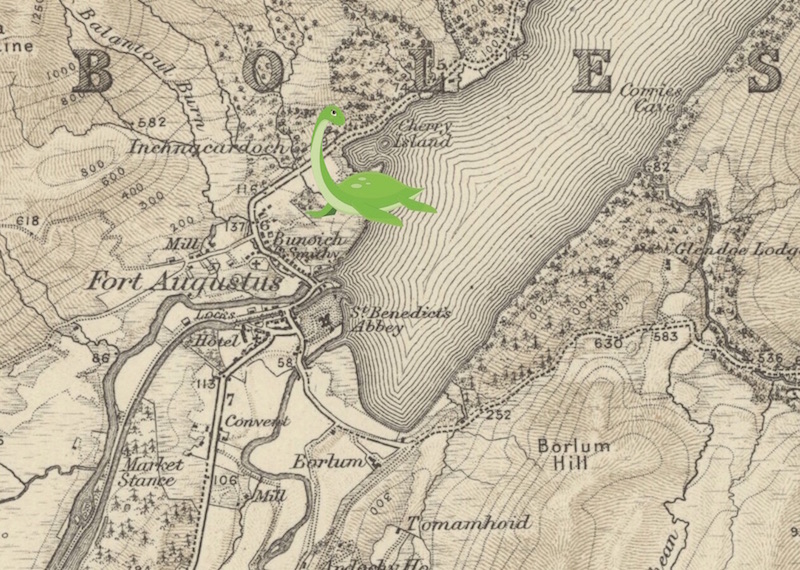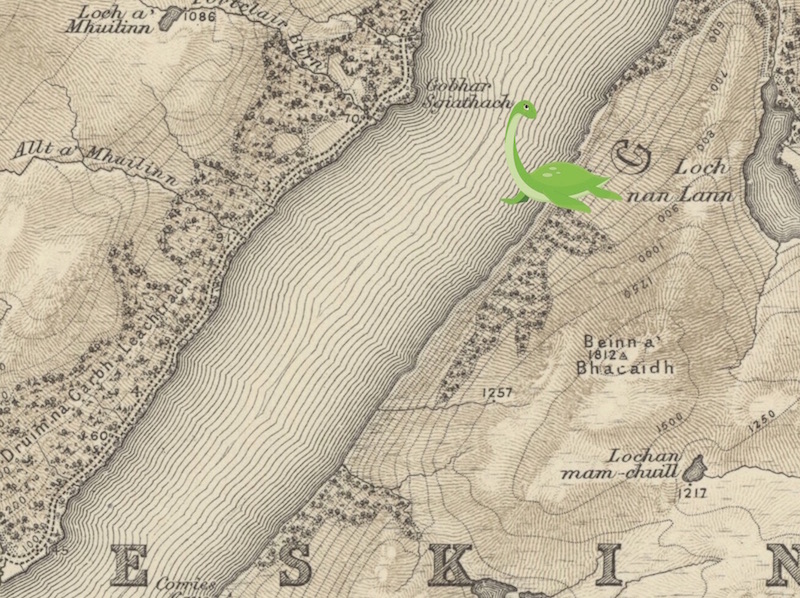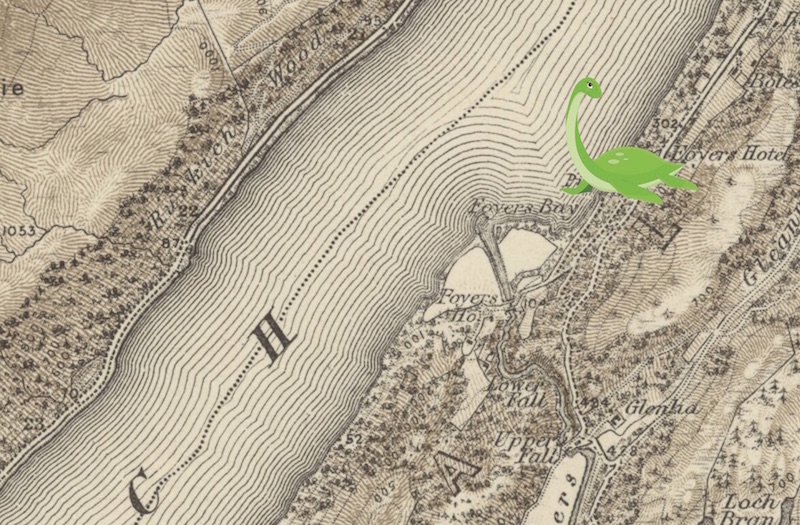
Is the net closing in on the Loch Ness Monster?
What lies beneath the choppy black waters of Loch Ness is a mystery that has enthralled the world for close to a century.
Followers have pored over grainy images and blurry video footage looking for any sign of the elusive creature, while speculation has raged about what could be behind the legend of the Loch Ness Monster.
Is it a genetic mutation, some enormous variant of a catfish or eel evolved in isolation? The descendant of a creature from another age, trapped by the shifting of the earth millions of years ago? Or is it nothing more than a trick of the ever-changing light on the constantly moving waters, fooling the imagination into seeing something that was never there?
Whatever Nessie is, she has found the perfect hiding spot in an ever-shrinking world. The peat black waters of the loch may be narrow, but over its 39km it plunges to depths of over 880ft, with visibility zero from just a few metres down, while the volume is an estimated 7bn cubic metres - giving her plenty room to hide.
The loch sits on the Great Glen geological fault line, leading to speculation of hidden underground caverns and even secret passages linking it to the surrounding lochs and waterways.
Despite all this, since a sightseeing couple witnessed “a dragon” crawling over the road ahead of them in 1933 the net has been closing in, with ‘monster hunters’ both amateur and professional using ever more sophisticated techniques to try and catch the creature.
So far she has managed to evade them all, while leaving just enough clues – unexplained images, strange sonar readings and peculiar satellite photos – to keep her legend alive and well, and fuel a tourist industry now worth more than £40m a year to the Scottish economy.
Interest may have waxed and waned over the years but it has never gone away – there were 15 ‘official’ sightings in 2018 and three already this year while more than 1000 sightings have been noted since records began.
Such fame, however, means Nessie will never be left in peace, and now, once again, the net is tightening as a team of scientists use the latest DNA technology to try and reveal the hidden secrets of the Loch - and perhaps rule out the possibility of Nessie having ever existed. The results, from labs around the world, are expected in early September – but what will they mean for the future of Scotland’s most beloved and mysterious creature?
Sixth Century, A.D.
The First Sighting
The birth of the Loch Ness monster myth is believed to stretch all the way back to the sixth century AD, when the Irish monk Saint Columba encountered locals burying a man by the side of the River Ness. When asked what had happened, they said a "water beast" had mauled the man to death.
St Columba then sent one of his followers to swim across the river, and when the ‘beast’ rose from the water to attack, Columba made the sign of the cross and said: "Go no further. Do not touch the man. Go back at once." The creature stopped as if it had been "pulled back with ropes" and fled.
There is plenty of scepticism about the story - tales of water beasts are fairly common in medieval histories, and aside from a few 'strange' sightings’ in the late 19th century it would be more than a thousand years between St Columba’s encounter and the event that sparked the modern monster mystery we know today.
George Spicer, the director of a well-respected tailors in London, was taking a drive along the shores of Loch Ness with his wife on the last day of a short break to Scotland when he brought the car to a screeching halt, and his wife let out a terrified scream. Ahead, dragging its way across the road and down into the Loch, was what they later described as a monster, like a "dragon or pre-historic animal."
In a letter to the Inverness Courier, which became the starting point for the modern Nessie story, Spicer described the creature as having “a long neck, which moved up and down in the manner of a scenic railway." He said the body "was fairly big, with a high back, but "if there were any feet they must have been of the web kind, and as for a tail I cannot say, as it moved so rapidly, and when we got to the spot it had probably disappeared into the loch.”
He also added that it was “very ugly”, and said “Whatever it is, and it may be a land and water animal, I think it should be destroyed.” And he signed off remarking “There is no doubt that it exists.”
In these days of global communication, 24-hour rolling news and cameras capturing every detail of our lives it seems impossible to imagine, but that short letter published in a local newspaper would go on to become an entire industry, spark fakes, hoaxes, some extremely dubious activities and even prompt debates and legal orders in the Houses of Parliament.
A media storm
The News Makes A Monster
There had actually been several earlier sightings of a ‘large, grey’ creature of varying descriptions – a “bizarre hippo-like animal” seen in April, 1923, a “long necked animal coming out of the woods and entering the loch” seen by a monk in 1930 – but it was the Spicer sighting which proved to be a sensation, and before the year was out the press had descended on Loch Ness eager to catch a glimpse of the creature he had described.
Before long, there was a photograph which would set the tone for the decades that followed - taken near Foyers on November 12, 1933, Hugh Grey’s image was blurry, out of focus but with an unmistakable monster-like shape within it - if that’s what you wanted to see.
The matter even made it’s way to Parliament, where the then Secretary of State for Scotland, Dr Walter Elliot, was asked about funding a government search for the creature, but, while ordering police to ‘prevent any attacks on the creature’ suggested a search was better left “for the private enterprise of scientists, aided by the zeal of the Press and of photographers”.
The press duly obliged, and the following year brought more reported sightings. On January 5, 1934, veterinary student Arthur Grant, claimed to have nearly hit the creature with his motorbike while approaching Abriachan, near the north-eastern end of the loch, at about 1am on a moonlit night. He later produced a sketch of the creature, which was embellished by artists into something resembling a small dinosaur. It was later suggested he had probably hit an otter.
The legend was growing, and on April 21, 1934, the Daily Mail published the now infamous "Surgeon's photograph" – at the time said to be the first photo of the creature's head and neck. The picture was supposedly taken by Robert Kenneth Wilson, a London gynaecologist, and it would be decades before the truth emerged that it was nothing more than a hoax.
By then the mystery of the monster in the loch had taken on a life of its own – later in 1934 Sir Edward Mortimer Mountain, 1st Baronet and founder of Eagle Star Insurance, financed a five-week hunt for Nessie involving 20 men with cameras and binoculars. Like many who would follow, they came up short - with a few blurry photographs and a short reel of film believed to show a blurry grey seal there only reward.
His failure did little to dampen enthusiasm for the creature however, and over the coming decades, encouraged by an eager press and helped by an increasing number of visitors travelling to the Loch in the hopes of catching glimpse, Nessie would cement her place in global fame.
Chasing a legend
The Hunters - And The Hoaxes
A naturalist who had grown up on tales on the Loch Ness monster in the 1960s when, he recalled, “it all seemed very respectable”, Adrian Shine would go on to explore the depths of the loch and become perhaps the most respected Nessie hunter in history.
He began chasing tales of monsters on Loch Morar, admitting: “I decided to go up there. I though if boats were getting attacked, well, I knew creatures rise towards the surface at night, so I thought I would go out on a boat at night and see what I could find. It was freezing and I didn’t catch anything of course – I had a false sighting but I saw how clear the water was, so that winter I built a little submersible hide using 20 layers of fibreglass. I won’t say there were no concerns about going down in it but I had built it myself so at least I had a good idea of what might go wrong!”
That daring spirit to uncover the truth behind sightings of fantastical creatures earned him respect among scientists - and his “accomplices” who were only too eager to join him in examining the mystery of Loch Ness.
The Nessie hunters had been far from idle idle since the 1930s - although by the 1970s many of their efforts had, if anything, tarnished the reputation of the monster. They left behind inconclusive findings, while film and TV shows about the monster didn’t help by leaving floating monster props bobbing around in the loch - which were often later misidentified in sonar images of distant sightings as being the monster itself.
So when Adrian and his team arrived their aim was to bring a more scientific approach to the hunt.
“There had been some collaboration with the Institute of Oceanography, some student scientists involved at loch Morar, but at Loch Ness I suppose I was the first to get conventional scientists properly involved,” he said.
As someone who has dived deep into the murky waters, he is all too aware of what a strange world it is, describing it as "utterly black, like a void. Behind you is black, beneath is black and above is black, apart from a small circle of light. I suppose there was always an unease brought on by the circumstance -you don’t need a monster to feel uneasy diving in Loch Ness."
Shine would lead Operation Deepscan, a hunt which saw 24 boats equipped with echosounder equipment deployed across the width of the loch to create an acoustic net. Their images appeared o show some debris at the bottom of the loch, and some motion, although Shine himself believes that might have been seals.
Shine continues to help scientific studies of the Loch to this day, including the latest, involving 259 samples of water taken from areas around the loch and to a depth of 200m, which are being analysed for trace DNA to identify the variety of species that live there and which could put the mystery of the monster to rest once and for all.
The end of the mystery?
What Next For Nessie?
The next chapter in the Nessie story is currently being written by scientists at labs around the world, under the guidance of New Zealand Professor Neil Gemmell.
"Right now a team distributed around the globe are working to finalise the analyses and interpret the key findings,” he said. "We have targeted bacteria, plants, animals and because of the monster myth, focused part of our analysis solely on vertebrates.
"The premise is that if there is any mysterious creature in Loch Ness it will have a biological bias and a relationship with something currently living. Using a scientific process known as phylogenetics we can search through the DNA sequences we find in our Loch Ness samples and explore where on the tree of life these sequences sit.
"Anything unusual will be interesting, whether a bacteria or other creature. Attribution to ‘Nessie' is not certain of course, but this is one of the reasons we sample from other Loch systems – the argument would be that ‘Nessie’ DNA sequences should be unique to Loch Ness and would need to fit somewhere on the tree of life that seems a plausible explanation for the 1000 plus sightings reported thus far.”
The results are expected to be announced at Loch Ness in the early Septembe. Asked whether a negative finding would be “definitive proof” that Nessie didn’t exist, Prof Gemmell admitted that wouldn’t entirely be the case.
"We got a snapshot of the biological complexity of Loch Ness in June 2018,” he explained. "The eDNA last a few days in the water and tends to be quite localised, so we can’t say much about what was present before or after our sampling. So, if we come up with nothing it may be that Nessie was absent when we sampled, or that we didn’t sample the right place and the right time. That said there were several sighting reported just the week before we sampled so “Nessie” was apparently around.
"As the saying goes, absence of evidence is not evidence of absence, so if we find nothing that is supportive of any of the Nessie hypotheses we cannot say definitively that Nessie does not exist. If we find something, then…"
The study found itself in the headlines recently as media reports suggested the project findings were set to reveal ‘proof’ that Nessie was real - something which the team insist is completely incorrect.
Professor Gemmell instead clarified: “At this point each of the common theories on what the Loch Ness Monster might be have been tested. For most of those theories no evidence has been found to support them. However, one theory cannot be excluded as a possibility.”
Now 69, Shine is already convinced there is no monsterous creature living in the Loch – but that has, if anything, only increased his interest in it. Every day he sees first-hand the continued fascination with the monster at the Loch Ness Exhibition And Visitor Centre - which is now home to his mini-sub as well as countless other relics from the monster hunts of old.
"The attendance is considerable and international - two years ago was a record, last year was good and this one is promising," he says. "Things have evolved as the mystery is moving into history, but it is no less interesting on that count."
What drives him now is to try to explain why people believe they have seen a monster.“Candidates from nature, like seals, sturgeon, which could be responsible for the minority of the sightings – the majority are boat wakes – but it’s not wholly imagination, as the phenomenon people are seeing are there. So how do you explain over 1000 credible sober people all seeing a monster that cannot be found?"
Like anyone else interested in the Loch, Shine is eagerly awaiting the results of the DNA study - but having seen first-hand the media-fuelled monster myth grow into a self-sustaining creation all its own, he doesn't believe finding nothing would have any impact on Scotland's national treasure.
"There will be a loch ness monster as long as people want there to be,” he says. "If the DNA reports don't find anything large and unexplained people will just say we didn’t get the right water samples. They will rationalise. So I don’t think there’s any fear from that."
He does however sound one, perhaps unexpected note of caution.
"You could argue there's a greater threat if they do find something. The animal whatever it was, would be protected of course and there would be a flurry of interest - but it wouldn’t be the same. It wouldn’t be a mystery anymore."

